Money Matters
The advent of high-tech printers and inks continues to raise the bar on what the federal government has needed to do to limit counterfeiting, leading to a range of new strategies.
To make U.S. paper currency more difficult to copy, there have been continual changes to the artwork, paper and ink. Summarized below are some of these recent changes.
Portrait—The portrait has become much more sophisticated by becoming closer to a life-like picture than the screen-like background it was previously. On counterfeit bills, the portraits often appear to be unclear or unnaturally white.
Border—The border design is now composed of intricate, crisscrossing lines that are clear and unbroken, distinguishing them from the smudged or broken lines of counterfeit bills.
Paper—The paper is now embedded with tiny red and blue fibers. A polyester thread is also woven inside $10, $20, $50 and $100 bills with “USA TEN,” or “USA TWENTY” printed on it to match the denomination. This makes it nearly impossible for photocopiers to reproduce.
Ink—The ink used is a special, “never-dry” ink that can be rubbed off. This is not foolproof, however, since ink on some counterfeit bills can be rubbed off as well.
Microprinting—Surrounding the portrait are the words “The United States of America” in miniature letters. It appears to be a black line to the naked eye, and is how a photocopier would reproduce it.
Keep in mind that you are not reimbursed for any counterfeit currency that may come into your possession. So you are advised to be careful about the large bills you accept for payment.
- United States Secret Service, 2014
- The Federal Reserve Bank of Minneapolis, 2014
The content is developed from sources believed to be providing accurate information. The information in this material is not intended as tax or legal advice. It may not be used for the purpose of avoiding any federal tax penalties. Please consult legal or tax professionals for specific information regarding your individual situation. Some of this material was developed and produced by FMG, LLC, to provide information on a topic that may be of interest. FMG, LLC, is not affiliated with the named broker-dealer, state- or SEC-registered investment advisory firm. The opinions expressed and material provided are for general information, and should not be considered a solicitation for the purchase or sale of any security. Copyright 2014 Faulkner Media Group.







